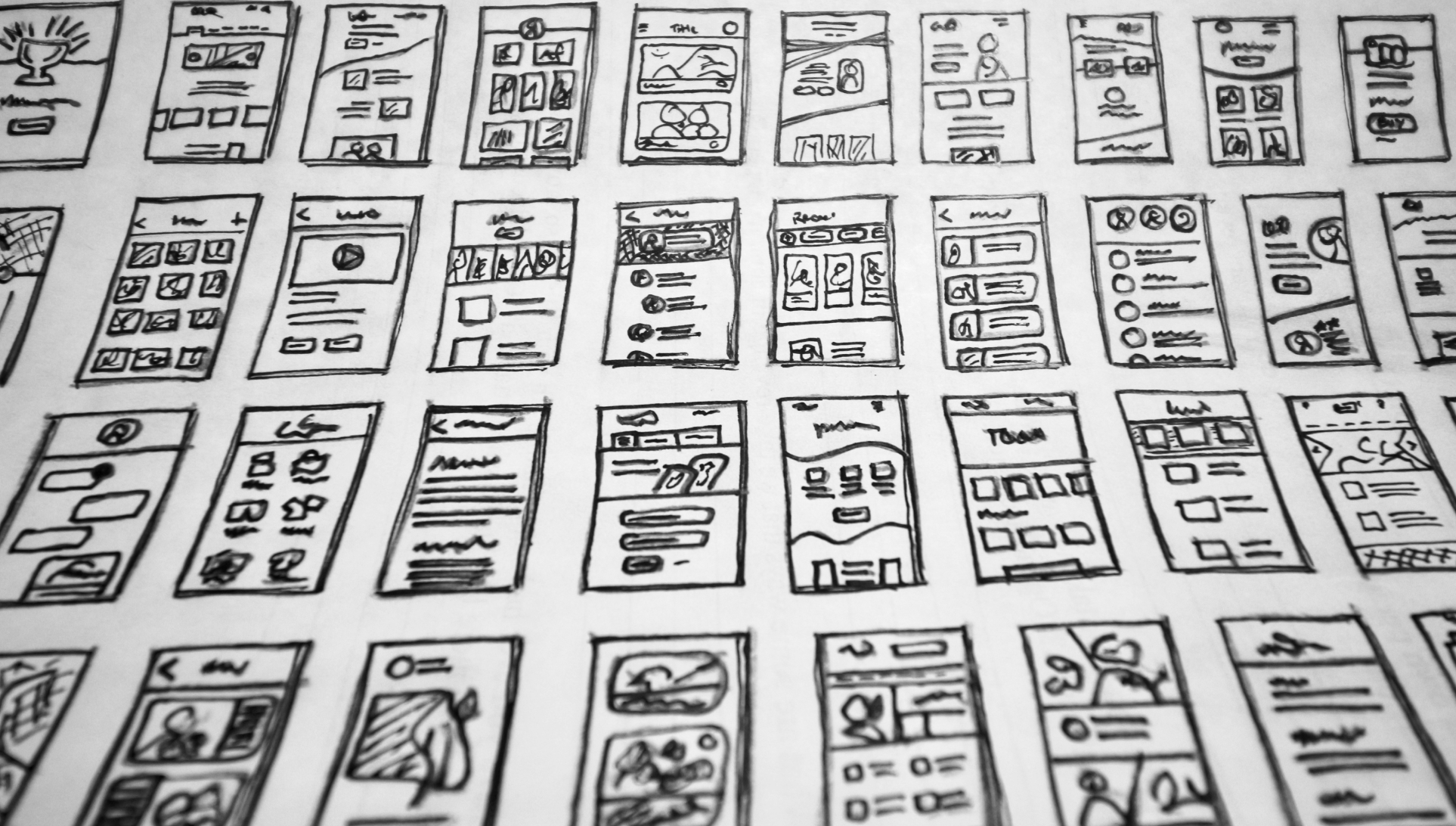
By reducing complexity, designers can enhance usability, making it easier for users to navigate and interact with digital products. This article will explore three essential tips to simplify interfaces, ultimately leading to improved usability and aesthetics.
Tip 1: Embrace Minimalism
Minimalism is a key principle in modern UX design. By stripping away unnecessary elements, designers can focus on the core functionality of a product. This involves using a clean and uncluttered layout, limiting the use of colors and fonts, and ensuring ample white space. Minimalist designs help users to concentrate on the primary tasks without being distracted by excessive visual elements. This not only improves usability by making navigation intuitive but also enhances the aesthetic appeal, giving the interface a sleek and professional look.
Tip 2: Prioritize Content Hierarchy
A well-structured content hierarchy is essential for guiding users through an interface. This involves organizing information in a way that highlights the most important elements and de-emphasizes less critical ones. Techniques such as using larger fonts for headings, employing contrast for emphasis, and strategically placing key content can make a significant difference. By prioritizing content hierarchy, designers can ensure that users quickly find what they are looking for, reducing frustration and improving the overall user experience.
Tip 3: Implement Consistent Design Patterns
Consistency in design patterns is vital for creating intuitive and user-friendly interfaces. This includes using standard icons, buttons, and navigation structures across the entire platform. When users encounter familiar design elements, they can easily predict their functionality, which reduces the learning curve and enhances usability. Consistency also contributes to a cohesive aesthetic, making the interface look harmonious and professional. By maintaining uniformity in design, developers can build trust and reliability into their digital products.
In summary, simplifying interfaces is essential for enhancing both usability and aesthetics in websites and mobile apps. Embracing minimalism helps create clean and focused designs, while prioritizing content hierarchy ensures users can navigate effortlessly. Implementing consistent design patterns further supports intuitive interaction and a cohesive look. By applying these three tips, designers can develop interfaces that not only meet user needs but also provide a visually pleasing experience.
Keep it Coming
We are excited to share news and trends in digital marketing and the technology industry each week. Our readers and clients inform our topics of discussion that appear here. We genuinely hope that each article is of interest and creates a positive impact. We base our articles on your questions and inquiries and always look forward to hearing from you! Keep in touch and let us know if you have any special requests, or suggestions— you can reach us at [email protected] or Pixel506 website. Our community and clients are important to us and we’re here to help with positive contributions to this thriving industry!
